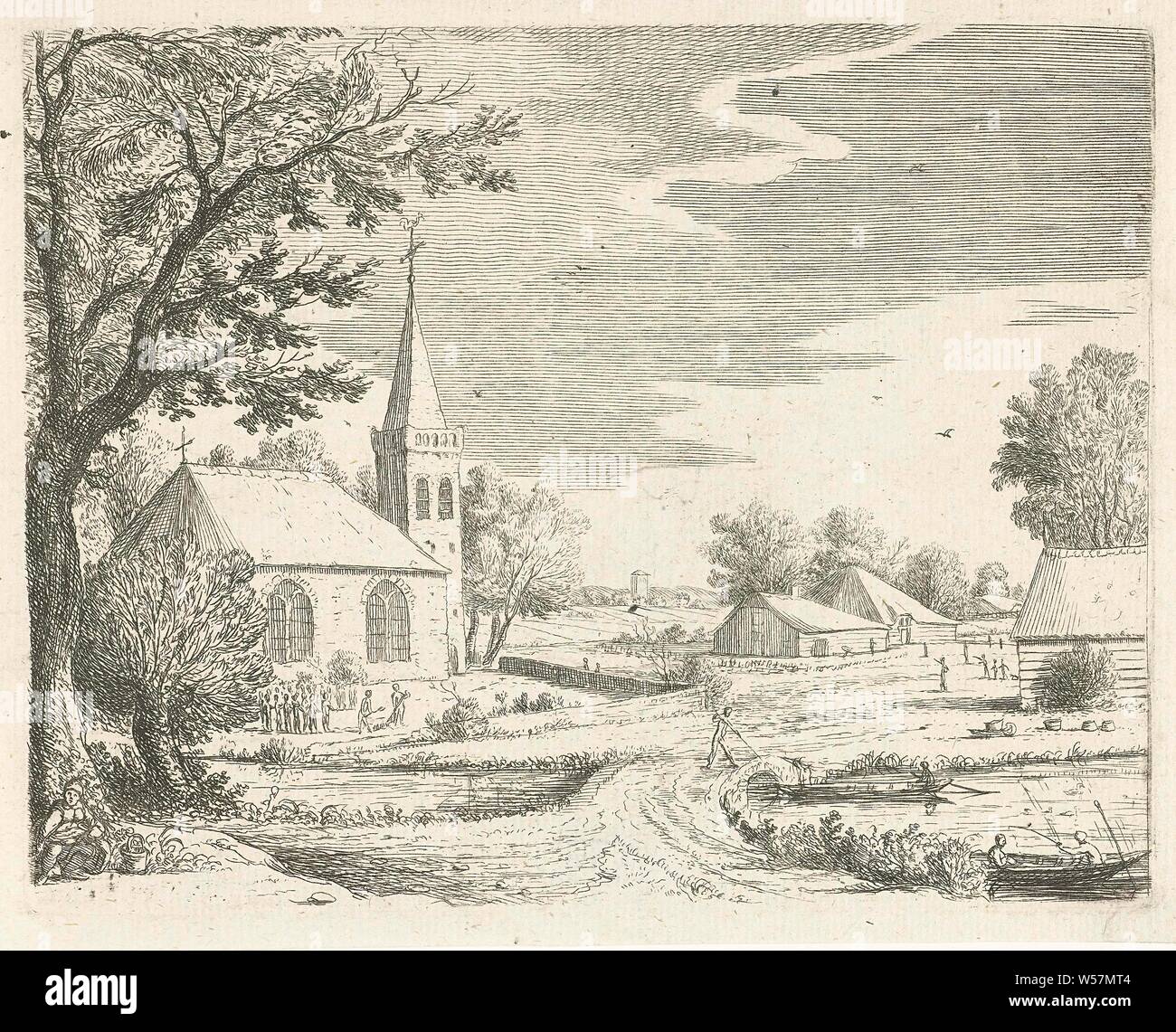

The fundamental myth is that there are, or ever were, any actual peoples who were “savage,” either in the term’s original sense of “wild” or in its later connotation of an almost subhuman level of fierceness and cruelty. The title of this book will inevitably create some confusion, for there are a number of dimensions in which the Noble Savage intersects the field of the mythical. Caroline Parker, Iroquois ethnographerĢ3. The noble savage meets the twenty-first century 20.Ĩ. Race, Mythmaking, and the Crisis in EthnologyĬrawfurd and the Breakup of the Racist Alliance Participant Observation and the Picturesque Savage Scientists, the Ultimate Savage, and the Beast Within The Ethnographic Savage from Rousseau to MorganĨ. discursive oppositions: the “savage” after rousseau 7. Rousseau’s Critique of Anthropological Representations Savages and the Philosophical TravelersĦ. The Noble Savage Myth and Travel-Ethnographic Literatureĥ. ambiguous nobility: ethnographic discourse on “savages” from lescarbot to rousseau 4.

Poetic Nobility: Dryden, Heroism, and Savages

Lescarbot’s Noble Savage and Anthropological Scienceģ. List of Illustrations Preface Introduction The paper used in this publication meets the minimum requirements of ansi / niso z39.48-1992(r 1997) (Permanence of Paper).Īdvice from a World Wide Web search engine, after finding more than 1,000 references to the “Noble Savage”: Refine your search! Includes bibliographical references and index. The myth of the noble savage / Ter Ellingson. Library of Congress Cataloging-in-Publication Data Ellingson, Terry Jay. University of California Press Berkeley and Los Angeles, California University of California Press, Ltd. The Myth of the Noble Savage ter ellingson


 0 kommentar(er)
0 kommentar(er)
